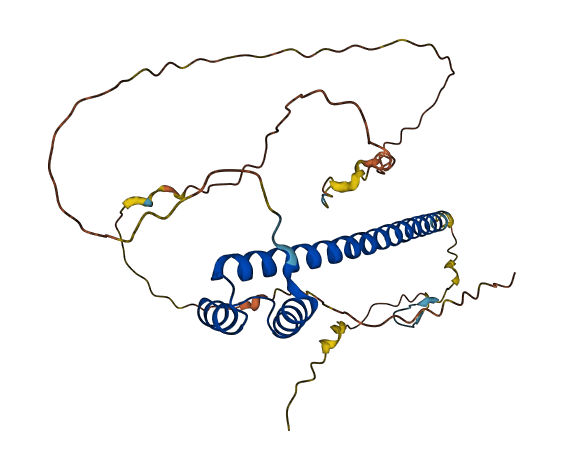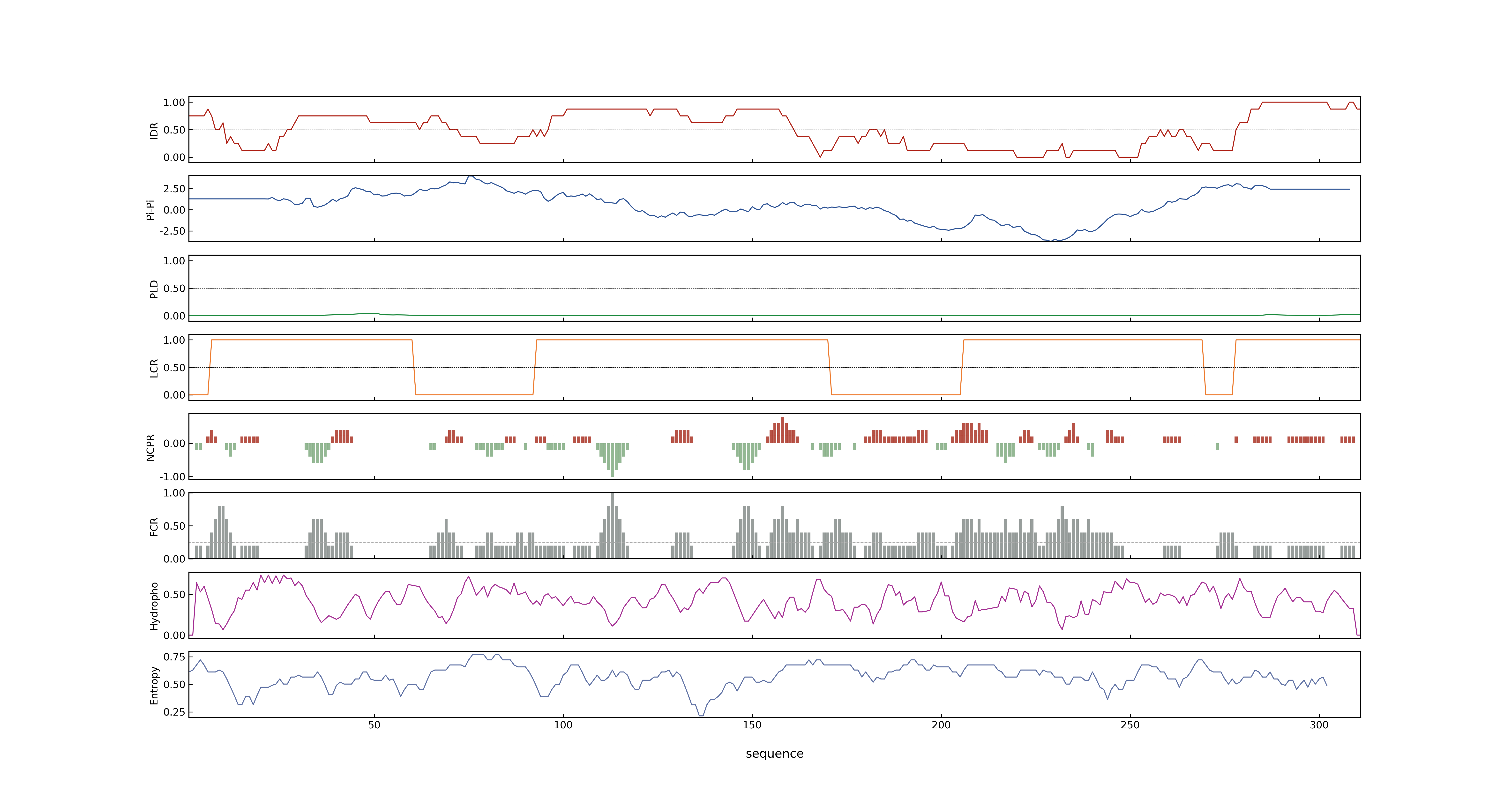- Information
- Symbol: OsHox1
- MSU: LOC_Os10g41230
- RAPdb: Os10g0561800
- PSP score
- LOC_Os10g41230.1: 0.7162
- PLAAC score
- LOC_Os10g41230.1: 0
- pLDDT score
- 64.26
- Protein Structure from AlphaFold and UniProt
- MolPhase score
- LOC_Os10g41230.1: 0.99992287
- MolPhase Result
- Publication
- A role for the rice homeobox gene Oshox1 in provascular cell fate commitment, 2000, Development.
- Transcriptional repression by Oshox1, a novel homeodomain leucine zipper protein from rice, 1997, The Plant Journal.
- The procambium specification gene Oshox1 promotes polar auxin transport capacity and reduces its sensitivity toward inhibition, 2002, Plant Physiol.
-
Genbank accession number
- Key message
- The auxin-inducible homeobox gene Oshox1 of rice (Oryza sativa) is a positive regulator of procambial cell fate commitment, and its overexpression reduces the sensitivity of polar auxin transport (PAT) to the PAT inhibitor 1-N-naphthylphthalamic acid (NPA)
- Finally, we show that in the absence of any overt phenotypical change, Oshox1 overexpression specifically reduces the affinity of the NPA-binding protein toward NPA and enhances PAT and its sensitivity toward auxin
- These results are consistent with the hypothesis that Oshox1 promotes fate commitment of procambial cells by increasing their auxin conductivity properties and stabilizing this state against modulations of PAT by an endogenous NPA-like molecule
- The procambium specification gene Oshox1 promotes polar auxin transport capacity and reduces its sensitivity toward inhibition
- Oshox1 mRNA could be detected in various rice tissues at different developmental stages, with highest levels in embryos, shoots of seedlings, and leaves of mature plants
- Transgenic expression of Oshox1 in Arabidopsis retarded growth and affected leaf size and shape, indicative of a role as developmental regulator
- The rice protein Oshox1 is a member of the homeodomain leucine zipper family of transcription factors
- Oshox1 represents the first example of a transcription factor whose function can be linked to specification events mediating provascular cell fate commitment
- This paper describes the characterization of Oshox1, a cDNA clone from rice encoding a member of the homeodomain-leucine zipper (HD-Zip) class of putative transcription factors
- In vitro and in vivo DNA-binding studies revealed that Oshox1 interacts with the pseudopalindromic sequence CAAT(C/G)ATTG, confirming that the protein represents a transcription factor
- Connection
Prev Next

